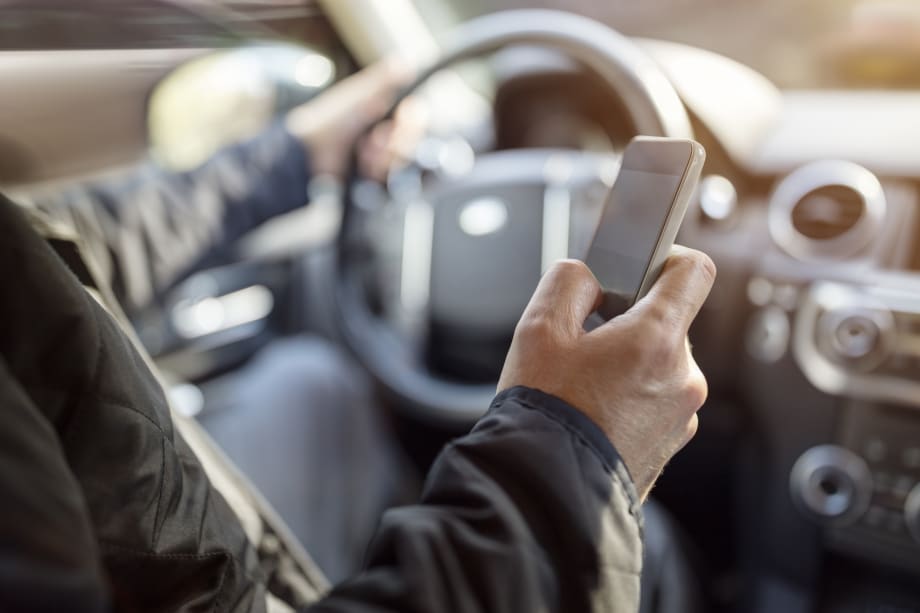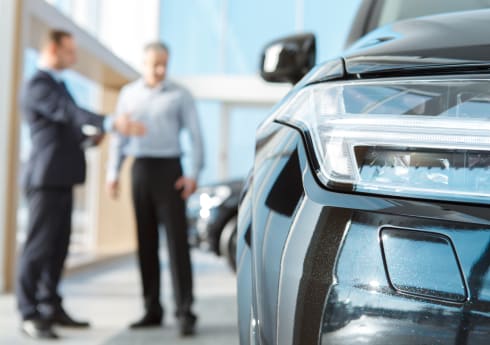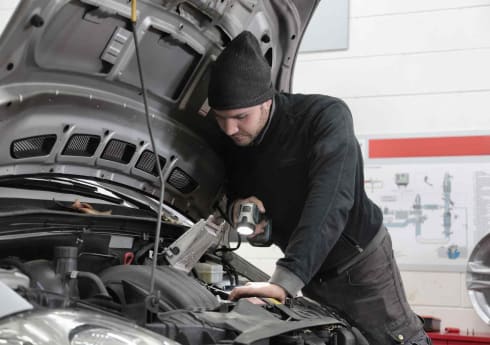How Bad Driving Habits Harm Your Business

Bad Driving Habits Harm Your Business
80% of us reckon we have above average driving skills.
79.99% are probably mistaken.
Don’t believe us?
Several psychological studies have shown we overestimate our abilities and underestimate our shortcomings. Or, to be blunt, we’re not very good at evaluating our own performance.
If your employees drive around in vehicles emblazoned with your business name, this could spell trouble. Your drivers may think they’re safer than the vaults under Threadneedle Street. But they could unwittingly be damaging your reputation and costing you money with their bad habits.
Here’s a look at the business cost of bad driving and what you can do to address it.
What is Bad Driving?
According to the Highway Code, there are three types of bad driving:
Inconsiderate driving
This is rude or obnoxious behaviour such as:
- Not dipping your headlights for oncoming traffic
- Using the bus lane to skip the queue
- Flashing at other vehicles so they get out of your way
Careless driving
This is where a driver behaves unreasonably or without due care and attention. You don’t leave enough space between you and another vehicle, for instance. Or cut someone off
Dangerous driving
Dangerous driving falls far below the standard the law expects. Speeding or aggressive driving, drunk driving and driving an unsafe vehicle fall under this category
Risk of accidents aside, falling foul of the law can open up your drivers to fines and points on their licence.
But bad driving isn’t necessarily illegal. It’s also those habits that could damage the vehicle or make it run less efficiently.
According to RAC, common bad driving habits include:
- Accelerating suddenly. This puts the engine under unnecessary strain and wastes fuel
- Dragging the brakes when driving downhill or going heavy on the brake pedal. This adds extra wear and tear. And, again, it wastes fuel
- Revving too much, especially just after switching on the vehicle. The oil needs time to warm up and circulate, or you risk damaging the engine
- Waiting too long before shifting gears. Again, this causes excessive revving, which can damage the engine and — guess what? — wastes fuel
How Does Bad Driving Increase Your Business Costs?
‘Slight’ accidents cost small businesses £25,500 on average. And that’s not counting the reputational harm.
When TomTom surveyed 1000 consumers, most of them said they’re put off a business if they have bad drivers. Which means that, aside from immediate costs, bad drivers can lose you business — and money — in the long term.
More to the point, driver behaviour determines 47% of a vehicle’s total ownership cost. In other words, bad driving doesn’t just expose you to the risk of accidents, third party liability claims and loss of productivity.
It also makes your fleet more expensive to run.
Bad Driving Business Costs 1: Insurance
Insurers don’t like bad risks. This means your premium will go up if you claim too often. And you may even find it more difficult to get insured. According to Aviva, a massive 74% of your insurance premium is made up of the cost of claims.
By contrast, having good drivers on staff could cut your premium by up to 30%.
Bad Driving Business Costs 2: Fuel
Bad drivers spend 67% more on fuel. By contrast, good driving habits can halve the number of petrol station stops — a saving of over £560 per vehicle per year.
Seeing as fuel can make up as much as 40% of your fleet’s running cost, this is a huge saving.
Bad Driving Business Costs 3: Maintenance and Repairs
Bad driving means more risk of accidents. Which means the vehicle spends more time in the shop, racks up higher repair bills and spends less time on the road making you money.
But bad driving also increases wear and tear. And the AA reckons this could raise tyre costs by 73% a year and maintenance costs by a whopping 160% over two years.
Beating Bad Driving: How To Improve Your Drivers’ Performance and Slash Business Costs
Not to belabour the point. But bad driving costs you money.
A lot of money.
Which means you should make addressing it a priority.
Here are three ways you can do this:
1. Give your Drivers Ongoing Training
Onboarding new drivers helps set expectations. It also shortens the learning curve and leaves less room for mistakes.
But ongoing training is just as important.
Driving causes more work-related accidents than any other task. So every penny you invest in training is well worth it. In particular:
- Send your drivers on refresher courses regularly to help them keep their skills sharp
- Offer safety training, such as other road user awareness and defensive driving
- Create a culture of accountability by rewarding good driving behaviour
2. Use Telematics to Track your Fleet
Telematics track vehicles in real time. This allows you to identify problem areas — and problem drivers — so you can address them.
A good system can also coach your drivers in real time, empowering them to make better decisions. For instance, flashing LEDs or buzzers can alert them when they brake too harshly, overspeed or leave the vehicle idling too long.
Installing telematics helped the Hertfordshire Independent Living Service cut accidents by 43%. They also cut their insurance premium by 26%
3. Promote a Fuel-Saving Culture
Good fuel economy doesn’t just mean less trips to the petrol station. It can also slash your maintenance costs by up to 33%. For this reason, you should encourage your drivers to save fuel.
Educate Your Drivers About Fuel-Efficient Driving Techniques
These include:
- Driving at a constant speed
- Looking ahead. This allows your drivers to be proactive, avoiding sudden manoeuvres
- Using the highest gear possible at the lowest speed possible
- Turning off the engine if it’s been idling for 30 seconds or more
Have Fuel-Saving Processes in Place
In particular, you should check the tyre pressure, engine oil and brakes regularly. Oh, and don’t forget other daily walk-around checks.
Reward fuel-saving behaviour
Again, telematics technology can help. Home in on who is driving most efficiently and also on who is wasting most fuel.
Use Fuel Cards
Single out fuel charges by vehicle and track driving behaviours that increase the bills. Plus:
- Get discounted rates
- Control where and what your drivers can use their card for
- Save time on admin
- Cut down on paperwork
Sounds good?
Let’s help you get the fuel card that works best for your business.
iCompario is the free online marketplace for business products and services, where managers and owners can research and rapidly compare fuel cards, vehicle tracking systems, insurance, telecoms and other essentials. The team follows up online queries by telephone so every site visitor finds their ideal, future-proof product at the best price possible.



